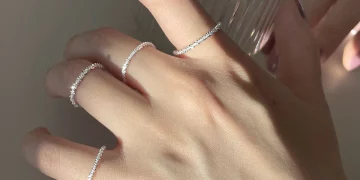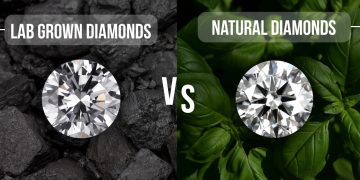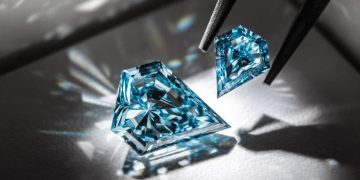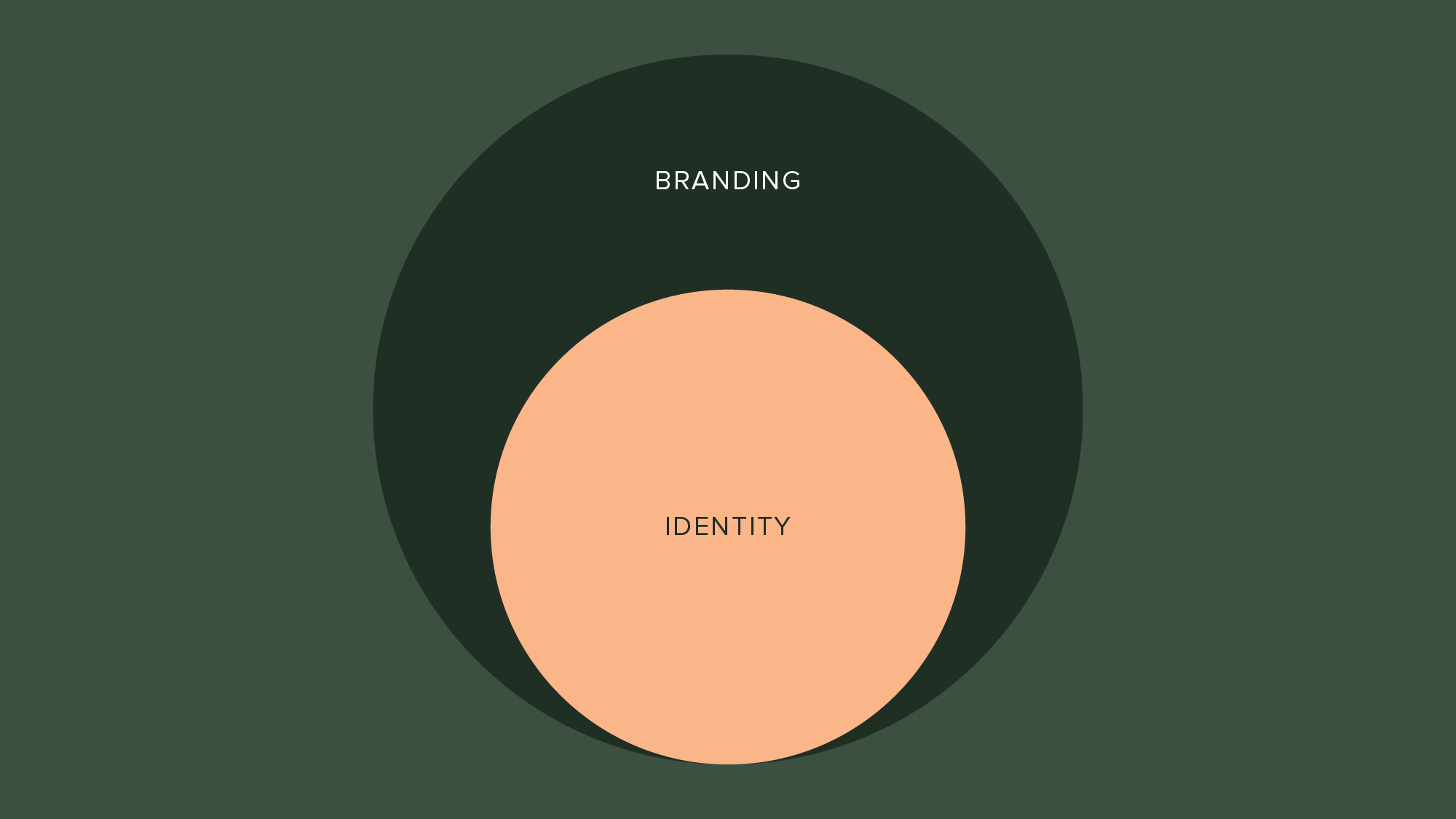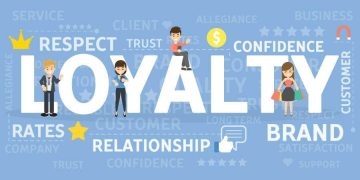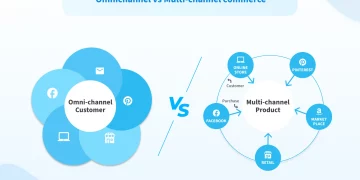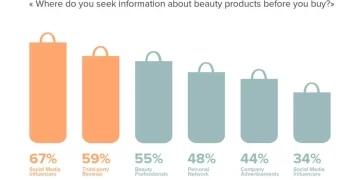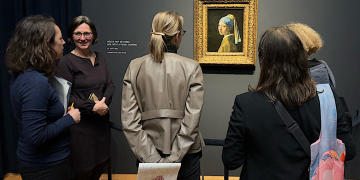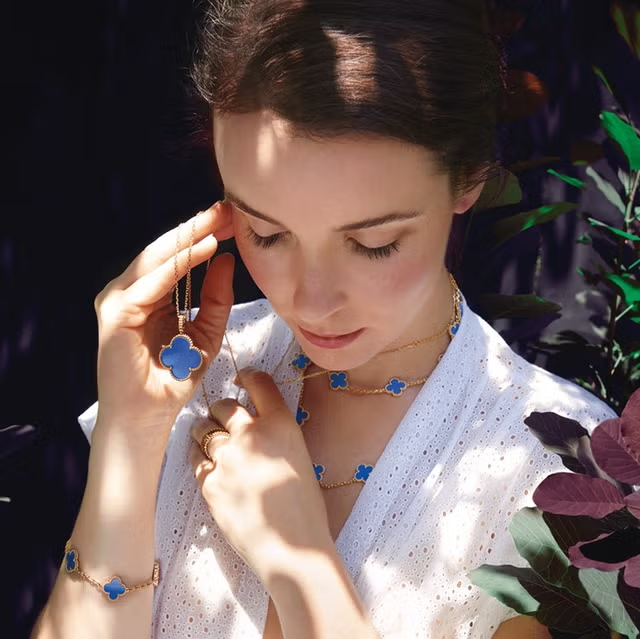Introduction
The global luxury jewelry market, once a symbol of unwavering demand, now faces unprecedented challenges due to economic volatility. In 2024, Shanghai—a bellwether for luxury consumption—reported a 335 billion RMB decline in jewelry sales compared to the previous year, signaling a shift in consumer priorities amid rising gold prices and macroeconomic instability . Simultaneously, brands like Hermès and Prada have demonstrated resilience through innovation, while others, such as Gucci, struggle to adapt . This article explores how high-end jewelry brands can navigate economic uncertainty by aligning with evolving consumer behaviors, leveraging technology, and redefining value propositions.
Section 1: Understanding the Impact of Economic Uncertainty
1.1 Consumer Confidence and Spending Patterns
Economic uncertainty erodes consumer confidence, leading to cautious spending. As noted by the Shanghai Municipal Commission of Commerce, gold price surges and asset reallocation have directly suppressed jewelry purchases . Consumers prioritize liquidity over luxury, opting for保值assets (e.g., gold bars) or low-risk investments instead of discretionary items.
1.2 Shifts in Consumer Values
Millennials and Gen Z increasingly value sustainability, ethical sourcing, and brand narratives over traditional status symbols. A 2024 survey revealed that 68% of younger consumers prefer brands with transparent environmental practices . This demographic also favors personalized and culturally resonant designs, rejecting generic luxury.
1.3 Market Polarization
The luxury sector is bifurcating: ultra-high-net-worth individuals continue to drive demand for exclusive pieces, while the aspirational middle class tightens budgets. For example, Hermès achieved 17% revenue growth in Q1 2024 by catering to elite clients, whereas Gucci’s mass-market appeal led to a 21% sales decline .
Section 2: Strategic Responses for Jewelry Brands
2.1 Reinforcing Brand Value Through Storytelling
In uncertain times, emotional resonance becomes critical. Brands must craft compelling narratives around craftsmanship, heritage, and sustainability. Tiffany & Co.’s “Diamonds with a Story” campaign, which highlights ethical mining practices, exemplifies this approach.
Actionable Strategies:
- Collaborate with artists or cultural institutions to create限量collections (e.g., Cartier’s partnership with the Louvre).
- Use social media to showcase artisan processes, reinforcing the “value beyond price” narrative .
2.2 Adapting Product Offerings
A. Affordable Luxury Segments
Introduce entry-level products (e.g., 500–500–2,000 pieces) to attract price-sensitive buyers. Pandora’s customizable charm bracelets successfully captured this market by blending affordability with personalization.
B. Sustainable Collections
Develop lines using lab-grown diamonds or recycled metals. Chopard’s “Green Carpet” collection, which uses ethically sourced gold, appeals to eco-conscious consumers .
C. Investment-Grade Jewelry
Highlight保值potential, such as rare gemstones or limited editions. Brands like Van Cleef & Arpels have launched “heritage” lines marketed as heirlooms with appreciating value.
2.3 Leveraging Digital Transformation
A. Omnichannel Experiences
Integrate online and offline touchpoints. For instance, Bulgari’s virtual try-on tool allows customers to visualize pieces via AR, while in-store events offer exclusive previews .
B. Social Commerce
Partner with KOLs (Key Opinion Leaders) for直播sales and behind-the-scenes content. In China, Tmall Luxury Pavilion reported a 40% sales boost for brands using livestreaming .
C. Data-Driven Personalization
Analyze purchase histories and preferences to tailor recommendations. Cartier’s AI-powered CRM system identifies high-potential clients for targeted campaigns.
2.4 Dynamic Pricing and Financial Flexibility
A. Transparent Pricing Models
Address gold price volatility by offering price-lock guarantees or installment plans. Chow Tai Fook’s “Golden Savings Plan” allows customers to buy gold credits at fixed rates.
B. Subscription Services
Launch rental or leasing programs for high-value items. UK-based 77 Diamonds offers a jewelry subscription model, reducing upfront costs for consumers .
2.5 Enhancing Customer Loyalty
A. VIP Programs
Reward loyal clients with early access to collections or private consultations. Harry Winston’s “Winston Club” provides members with curated travel experiences and bespoke design services.
B. Community Building
Host exclusive events or workshops (e.g., gemstone education seminars) to foster emotional connections.

Section 3: Case Studies of Success and Failure
3.1 Success: Prada Group’s Reinvention
Prada’s 89% sales surge for Miu Miu in Q1 2024 stemmed from Gen Z-focused designs and TikTok collaborations. By embracing youth culture and digital platforms, the brand transformed uncertainty into opportunity .
3.2 Failure: Gucci’s Overreliance on Logo Mania
Gucci’s decline underscores the risks of commoditization. Its reliance on logo-centric products alienated younger consumers seeking uniqueness, while price hikes exacerbated perceptions of poor value .
Section 4: Future Trends and Long-Term Resilience
4.1 The Rise of “Quiet Luxury”
Discreet, timeless designs will gain traction as consumers reject overt displays of wealth. Brands like Messika are pivoting to minimalist pieces with subtle branding.
4.2 Blockchain for Authenticity and Trust
Blockchain-based certification (e.g., De Beers’ Tracr) ensures diamond provenance, addressing concerns about ethical sourcing .
4.3 Regional Diversification
Expand into emerging markets like India and the Middle East, where luxury demand remains robust despite global slowdowns.
Conclusion
Economic uncertainty demands agility and innovation from high-end jewelry brands. By embracing digitalization, sustainability, and hyper-personalization, brands can transform challenges into catalysts for reinvention. As consumer values evolve, the winners will be those who balance heritage with adaptability, offering not just products, but enduring narratives and emotional value.

